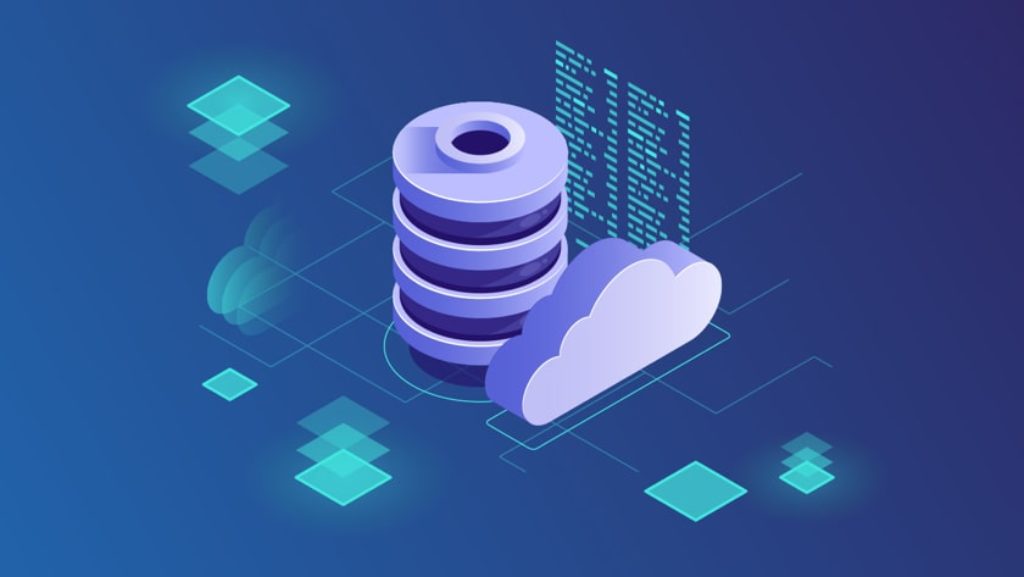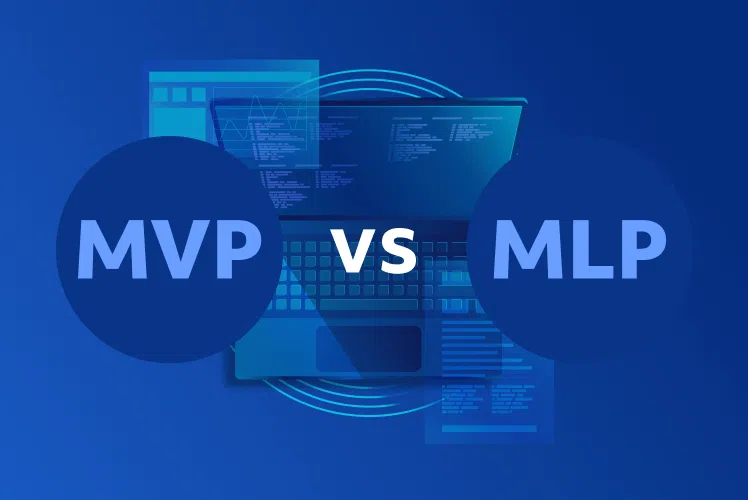Table of Contents
The software development industry is constantly looking for new ways to make the development process efficient and fast. One of these ways is using serverless architecture. Promoted by the “big three” cloud providers aka AWS, GCP, and Microsoft Azure, the serverless architecture makes its way into the development processes of many companies and becomes a great alternative to traditional architecture. But what exactly is a serverless architecture if it has a server, and why is it worth considering?

Serverless Architecture: definition and main concepts
When talking about “serverless architecture”, it’s easy to imagine there are no servers at all and the app somehow functions by itself. Obviously, that’s not true at all. The term “serverless” implies that servers still exist, but they are abstracted from the application. Thus, serverless architecture is an approach to software development that implies using third-party servers. The biggest benefit of this approach is that it eliminates the need for infrastructure management and allows developers to focus solely on the code.
The biggest cloud providers that offer various serverless solutions are Amazon Web Services, Microsoft Azure, and Google Cloud. The great part about working with such providers is that they take the responsibility for server hardware maintenance, software upgrades, and security issues.
Critical components of serverless architecture
Now that we’ve seen that serverless architecture is not completely serverless, let’s look at the three main components of the serverless stack that are essential for developing flexible and scalable cloud apps:
- API gateways: an API gateway connects multiple FaaS services and client requests to extend the functionality of an application.
- Function-as-a-Service (FaaS): a cloud-computing service that allows developers to write logic that is deployed in containers, managed by the platform, and is executed on demand. Using FaaS, developers can invoke serverless applications through APIs, which the FaaS provider handles through an API gateway.
- Backend-as-a-Service (BaaS): a cloud computing services model in which developers outsource certain aspects of application development to vendors and focus on front-end development instead.
Main concepts of a serverless architecture
Because serverless architecture differs from the traditional approach, there are several concepts used in serverless architecture to keep in mind:
- Invocation: a single execution of a function;
- the execution time of a serverless function;
- Cold start:delay that occurs when the function first starts or after a period of inactivity;
- Concurrency limit: the number of functions that run simultaneously in the same region, and if the limit is exceeded, the function is blocked;
- Timeout:the amount of time until the function finishes working;
- Monolith:a monolithic software system that stores and manages all application functionality in one large deployment unit.
Main advantages and concerns of a serverless architecture
The serverless architecture is indeed great and frees developers from a massive amount of work. However, in some cases, traditional architecture may be more preferable. Let’s look at the pros and cons of serverless architecture to be aware of in order to make the right decision.
The pros of serverless architecture
- Reduced costs: users pay only for the time of the function execution and their number, and there is no charge for unused functions. This eliminates downtime and reduces costs.
- Increased productivity: by using serverless, developers can focus on their code without having to manage servers. In this way, developers can create a better product in a shorter period of time.
- Better observability: serverless architecture breaks down an application into smaller, more manageable modules, thus making it easier to monitor the development process.
- Third-party support: cloud providers offer a variety of services that simplify and accelerate application development and deployment.
The cons of serverless architecture
- Dependency on vendors: with a serverless architecture, companies rely on the cloud provider and any changes in the underlying technology can lead to unnecessary downtime;
- Vendor lock-in: migrating an application from one vendor to another implies additional time and resources;
- in serverless environments, the developer has no control over the software stack on which the code runs, and if a server failure occurs, only the cloud provider can fix the problem.
Serverless vs Traditional architecture vs Containers
In short, with serverless application development, each service can run as an independent application and is abstracted from the infrastructure. Whereas in traditional development, all components are interconnected and each development stage depends on the results of the previous stage. A containerized architecture allows developers to package software and its dependencies into an isolated unit (container) that can run steadily in any environment.
The main differences between the three architectures are presented in this table.
| Architecture | Serverless | Containers | Traditional |
|---|---|---|---|
| Scalability | apps backend automatically scales according to requirements | flexible scalability through the use of an orchestration platform | manual scalability, which sometimes leads to long downtime |
| Cost | no fixed costs, companies only pay for the server capacity that is used by their app | containers run all the time, so cloud providers have to pay for server space even when the app is not in usе | rather expensive development process and bug fixes |
| Maintenance | the vendor takes care of all the management and updating of the software | developers have to manage and update every container they deploy | interruptions can occure due to hardware changes of required software configurations |
| Deployment | apps are easier to deploy because serverless computing adapts to changing workloads | applications are easy to (re)deploy using containers | apps are slower deploy because of software preparation or manual configuration of the software |
| Testing | difficult because the backend environment is hard to replicate in a local environment | easy because containers work the same no matter where they are deployed | long, performed in stages, and the final product is released after all defects have been eliminated |
Serverless architecture use cases
Leading companies use serverless technology to deliver high-performing services and products to their customers. Here are some interesting use cases of serverless architecture:
- Media transformation: one of the most common backend operations is media content conversion. Netflix uses a serverless feature to set up pipelines that convert and provide users with the media content format they want;
- Real-time processing: major League Baseball uses serverless computing that provides users with accurate, real-time sports results. The Statcast website allows complex queries to be performed on data such as pitch counts, season type, and specific player names and informs users of match decisions.
Final thought
With the right approach to serverless architecture, moving from traditional infrastructure to cloud models can give companies a competitive advantage and reduce certain costs associated with maintenance and infrastructure support. However, it is important to consider the abovementioned concerns and analyze whether serverless architecture is suitable for your individual project or if you should stick with the traditional approach.


Comments